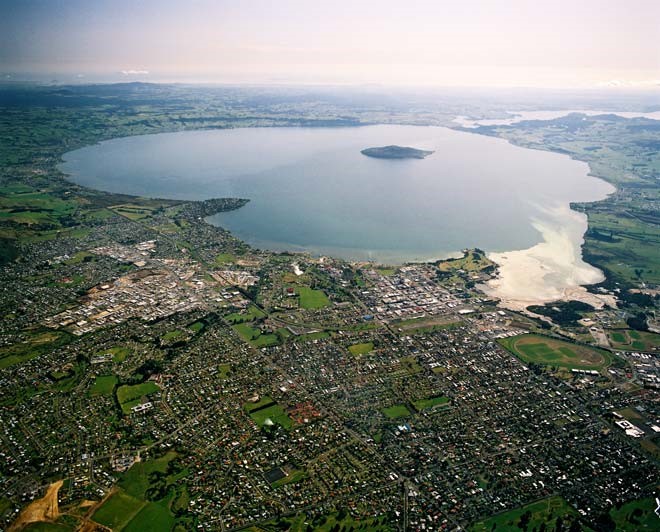Free Courses Sale ends Soon, Get It Now


Free Courses Sale ends Soon, Get It Now



Disclaimer: Copyright infringement not intended.
Context
Major 'magnetic anomaly' discovered deep below New Zealand's Lake Rotorua.
Details
Lake Rotorua
Formation
Geography
Recent mapping of lake floor
Magnetic anomaly
|
PRACTICE QUESTION The Lake Rotorua often mentioned in news was formed from the crater of a large volcano in which of the following volcanic belt or Zone?
Answer C |
© 2024 iasgyan. All right reserved